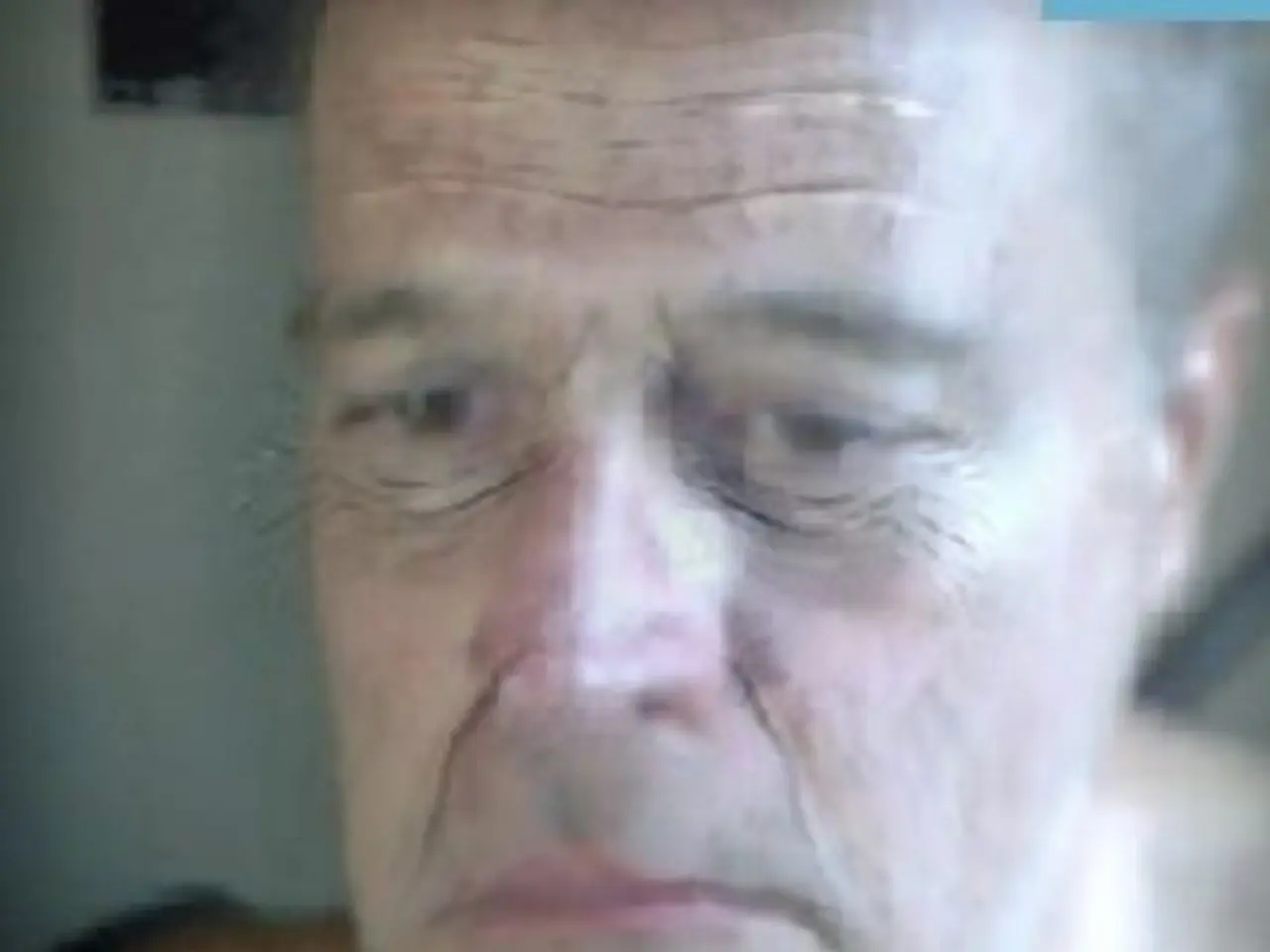Skin Problems in Maturity: Practical Solutions for Acne in Your 50s
Acne is not just a problem for the younger generation. Many seniors in their 50s are grappling with unexpected breakouts, and understanding the causes and solutions can help manage this skin condition.
Common Causes of Acne in Your 50s
Acne in this age group is primarily caused by hormonal changes associated with perimenopause and menopause, leading to cystic, deep-seated lesions often on the lower face, especially the chin and jawline.
- Hormonal Imbalance: As estrogen declines during perimenopause and menopause, androgen (testosterone) effects become more pronounced, triggering deeper, cystic acne distinct from teenage acne, often less dependent on oily skin or sebum production.
- Decreased Skin Repair and Barrier Function: Lower estrogen reduces collagen, elastin, and hyaluronic acid production, causing dryness and skin sensitivity. This weakened barrier can exacerbate acne and other skin conditions like eczema, which sometimes co-occur or worsen with hormonal shifts.
- Changes in Skin pH and Microbiome: Perimenopausal changes can disrupt skin microbiome balance, allowing acne-promoting bacteria to flourish.
- Other Factors: Stress and skin inflammation are additional contributors to adult acne persistence or onset in this age group.
Common Presentation of Acne in Your 50s
Deep, painful cystic lesions are common in this age group, mostly around the chin, jawline, and sometimes the chest and back. Acne lesions may take longer to heal and have a higher tendency to scar.
Solutions and Treatments for Acne in Your 50s
Conventional adolescent acne treatments might prove ineffective or irritating for adult acne. Dermatologists may recommend targeted hormonal therapies, topical retinoids, or antibiotics suited for adult skin.
Supporting the skin barrier with moisturizers rich in collagen-boosting and barrier-repairing ingredients can be beneficial. Avoiding irritants and managing skin pH through gentle cleansers and barrier-supporting products is advised.
Professional medical advice is essential due to the unique hormonal and aging-related aspects of acne at this age.
Research Findings
Research highlights that up to about 30% of women aged 20 to 70 can have acne, with adult and late-onset acne increasingly recognized and studied for its long-term impact, including potential for scarring. A decline in estrogen reduces collagen by up to 30% in the first five years after menopause, influencing skin resilience against acne and other dermal issues. Adult acne has more than doubled recently, suggesting rising relevance and need for awareness and tailored treatment.
Key Takeaways
- Acne in the 50s primarily results from hormonal shifts causing deeper cystic lesions and skin barrier vulnerability, requiring a specialized approach to management that considers both hormone influences and aging skin.
- A study conducted by Ronnie Marks found that acne can occur in people in their 50s and identified three types: persisting acne, chin acne, and sporadic acne.
- Low-dose systemic isotretinoin, a powerful acne-fighter, seems to be a game-changer for the more mature acne fighters.
- If home remedies aren't effective, visiting a dermatologist can provide tailored solutions to combat breakouts.
- Acne can happen at any age, including the 50s, and many seniors grapple with unexpected breakouts.
- Acne can alter the texture of the skin in people in their 50s, making it rough or bumpy.
- Using a mild, fragrance-free cleanser is recommended for gentle cleansing of the face.
- The usual acne-fighting suspects like topical retinoids and benzoyl peroxide can be too feisty for elderly skin, so gentler options like azelaic acid and sulfur preparations are often used.
- Opting for skincare and makeup labeled as non-comedogenic can decrease the risk of acne as they are less likely to clog pores.
- The hormonal imbalance associated with perimenopause and menopause can trigger deeper, cystic acne in seniors in their 50s, which is distinct from teenage acne and often less dependent on oily skin or sebum production.
- To manage acne in one's 50s effectively, it is crucial to adopt a skincare routine that supports the skin barrier and avoids irritants, such as using moisturizers rich in collagen-boosting and barrier-repairing ingredients, and opting for non-comedogenic skincare and makeup products.




